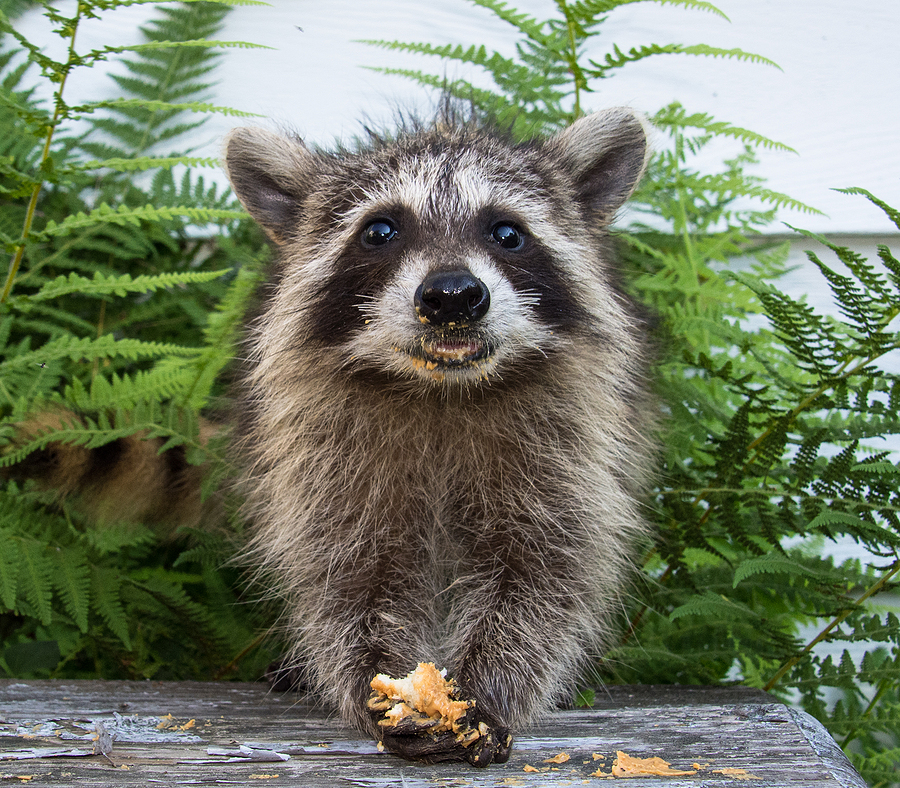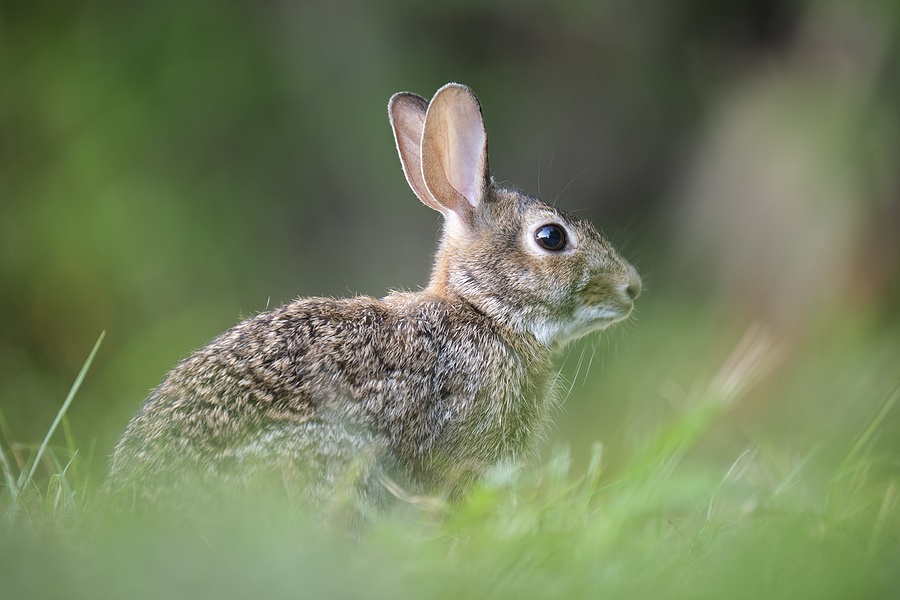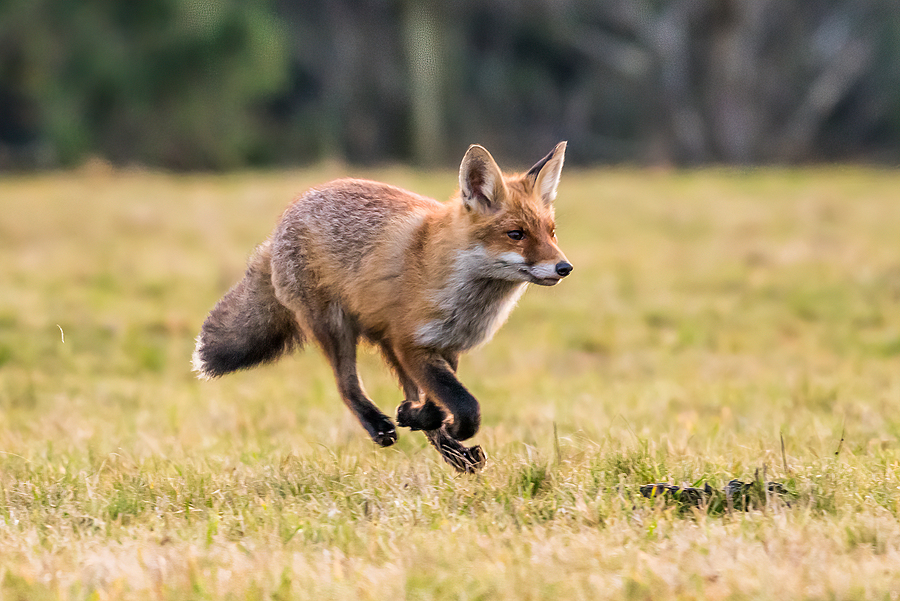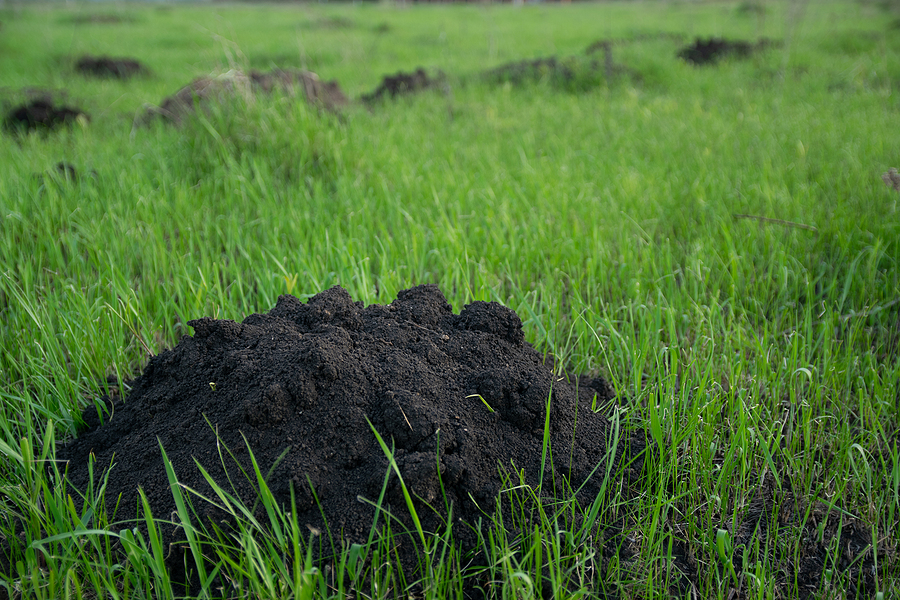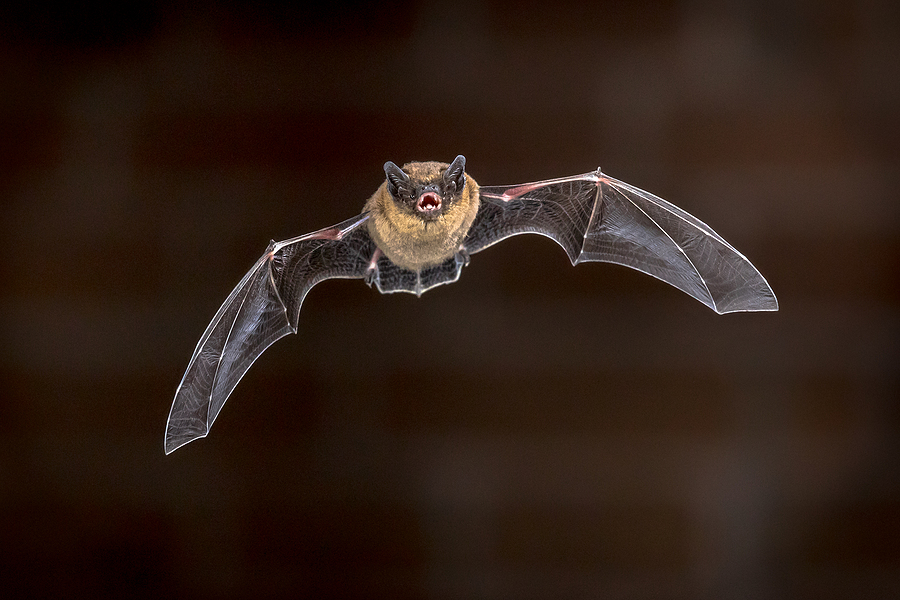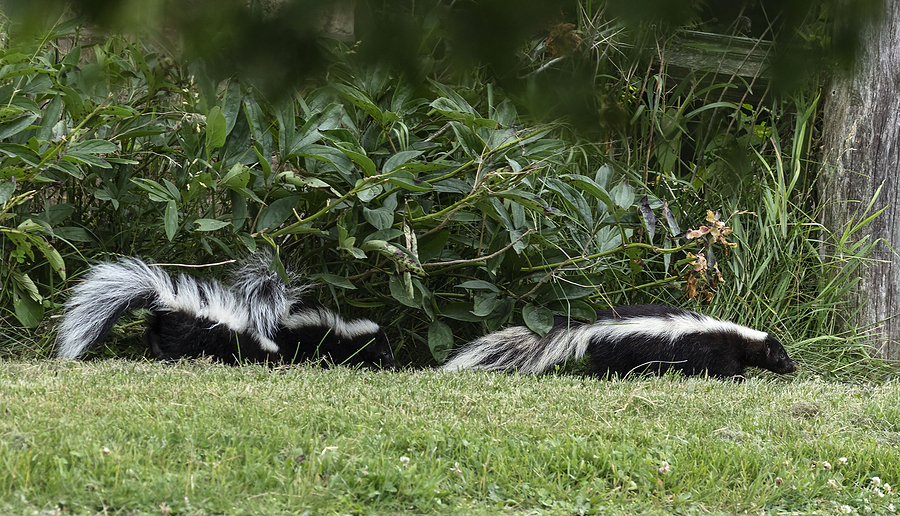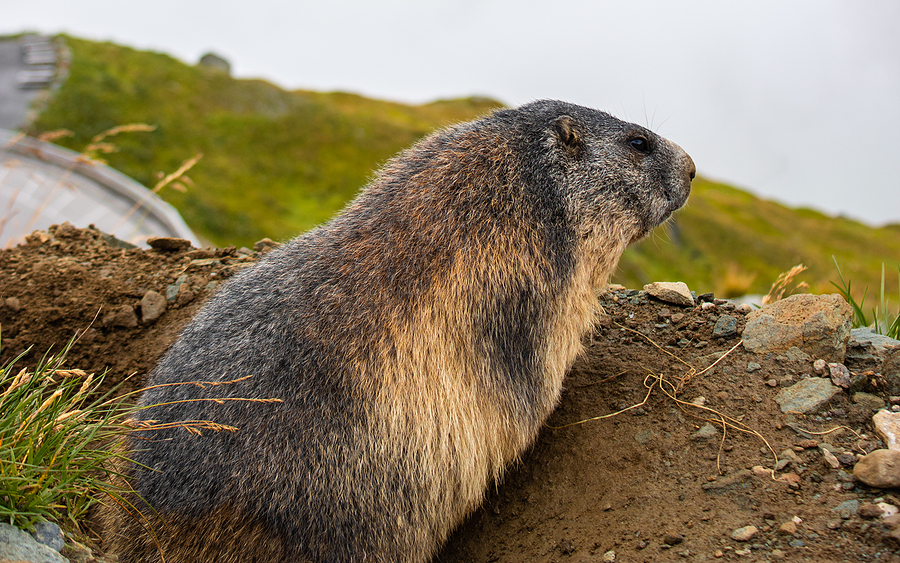Welcome to the comprehensive guide on achieving a mole-free lawn! If you’re a homeowner who takes pride in a well-manicured yard, the sight of molehills disrupting your green carpet can be a real nuisance. Yard moles, though tiny and rarely seen, can pose a big challenge to maintaining your lawn’s aesthetics. But don’t worry – this guide is here to arm you with effective strategies for mole controls and extermination.
By understanding their behavior and using the right techniques, you can reclaim your lawn from these pesky intruders. Let’s embark on this journey to a mole-free yard together!
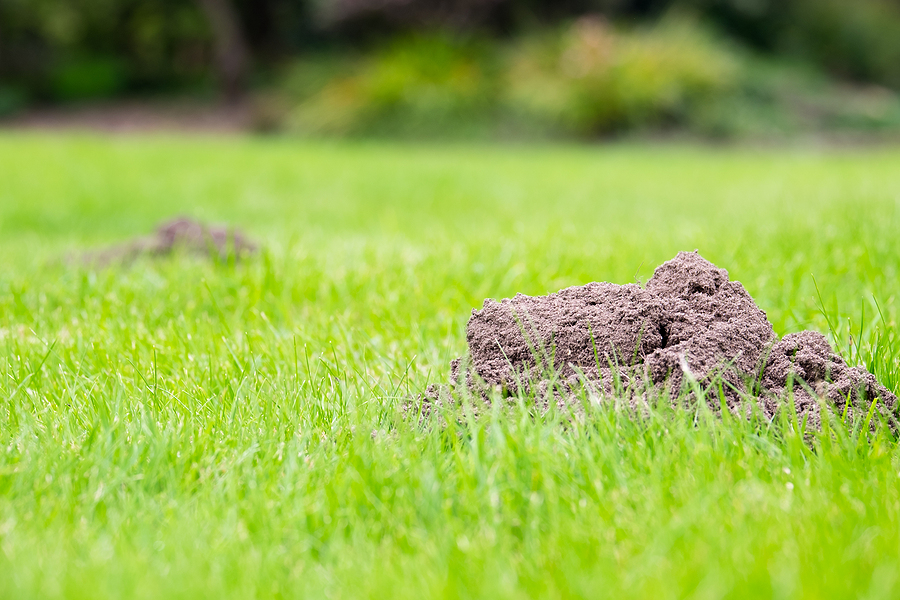
Understanding Yard Moles
Before we dive into the methods for mole removal, let’s get to know our enemy first. Contrary to popular belief, moles are not rodents – they actually belong to a family of mammals called Talpidae. These small creatures have cylindrical bodies and large forefeet designed for digging tunnels underground. They use their powerful front legs to push dirt away, creating molehills on the surface. Moles are solitary creatures and are mostly active at night, making it difficult for homeowners to spot them. They primarily feed on earthworms and insects and can consume up to 70% of their body weight in a day!
Signs of Mole Infestation
The first step in tackling a mole problem is to determine if your lawn has been invaded. There are a few signs that can help you identify a mole infestation:
Molehills: The most obvious and common sign of moles in your yard is the presence of molehills, which look like small mounds of soil.
Surface Tunnels: Moles create underground tunnels for their daily activities, and these tunnels can sometimes surface, leaving visible ridges on your lawn.
Wilting Plants: Since moles feed on insects, their presence can lead to damaged roots and wilting plants in your garden.
Effective Mole Control Strategies
Now that you know how to identify a mole problem, it’s time to take action. Here are some effective strategies for mole control:
Trapping: The most common and effective method for removing yard moles is trapping. There are different types of traps available, such as snap traps and live traps, so make sure to research which one would work best for your situation.
Repellents: Some homeowners opt for using natural repellents, such as castor oil or predator urine, to deter moles from their lawn. However, these methods may not be as effective in the long run and require frequent reapplication.
Homemade Remedies: If you prefer a DIY approach, there are several non-toxic animal repellents that can help with mole control. These include using garlic or cayenne pepper in and around the mole tunnels, planting daffodils or marigolds, and even installing a vibrating device to disrupt their sense of hearing.
Professional Mole Extermination is Best
If all else fails, it may be best to call in the professionals for licensed and insured yard mole extermination and control. Wildlife control companies have access to stronger and more effective methods for removing ground moles from your lawn. They can also help identify potential entry points or other areas where moles may be hiding.
Prevention for a Mole-Free Future
Once you’ve successfully eradicated the yard moles from your lawn, it’s important to take preventative measures to ensure they don’t come back. These include:
Keeping Your Lawn Well-Maintained: Moles are attracted to lawns with loose soil and an abundance of food sources. By keeping your lawn healthy and well-maintained, you can reduce the chances of moles taking up residence.
Removing Potential Food Sources: As mentioned earlier, animal moles feed on insects and earthworms. To prevent them from coming back, it’s essential to keep your lawn free of these food sources.
Installing Barriers: Installing hardware cloth or wire meshes around your garden can help prevent moles from entering and damaging your plants.
In Conclusion
Yard moles may be small, but they can cause significant damage to your lawn if left unchecked. By understanding their behavior and using effective strategies for mole control and extermination, you can achieve a beautiful and mole-free lawn. Remember to always consider the safety of both yourself and the moles when attempting to remove them from your property. With the right techniques and prevention methods, you can enjoy a healthy and mole-free yard for years to come. So say goodbye to those pesky molehills and hello to a well-manicured lawn!
If you have any questions about yard mole removal, we are here to help! Call Budget Animal Removal at 317-875-3099 for DNR licensed and insured animal mole removal and control in Indianapolis and its surrounding counties. Request a free estimate or advice, today!
Related Posts:
Don’t Let Moles Ruin Your Yard – How to Protect It
How Stop Yard Mole Damage to Your Lawn
The 3 Most Common Yard Mole Species in the United States

